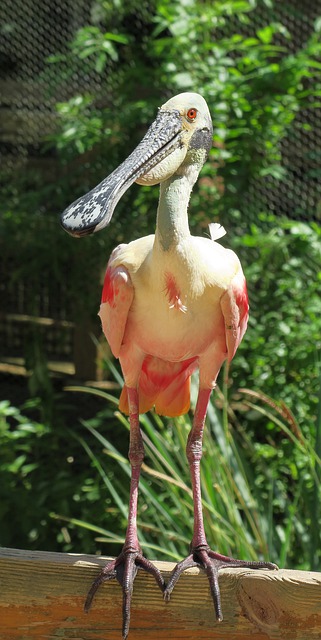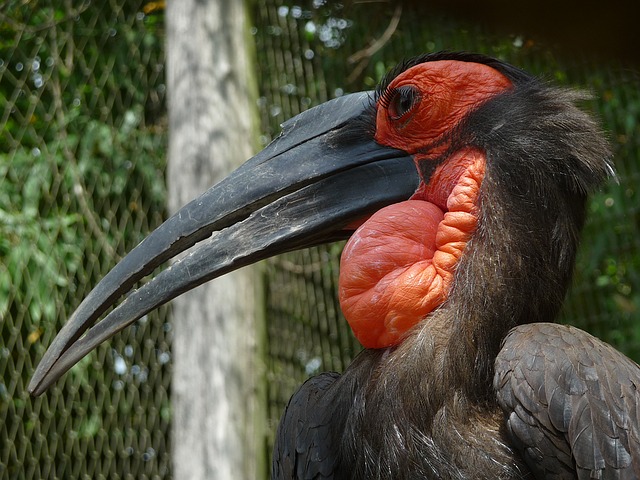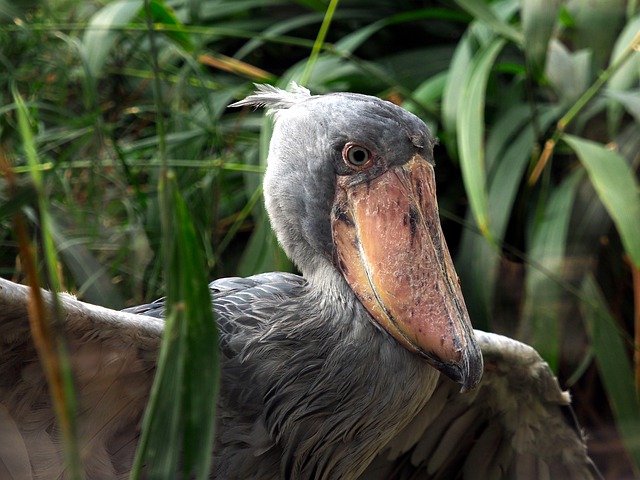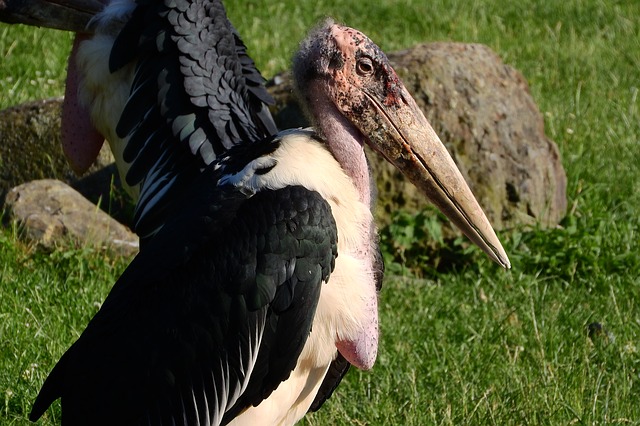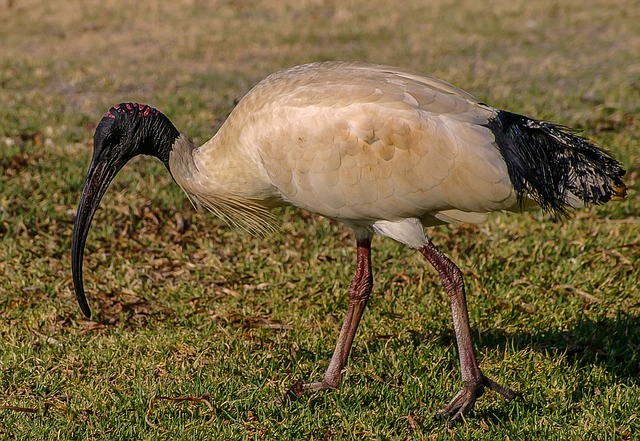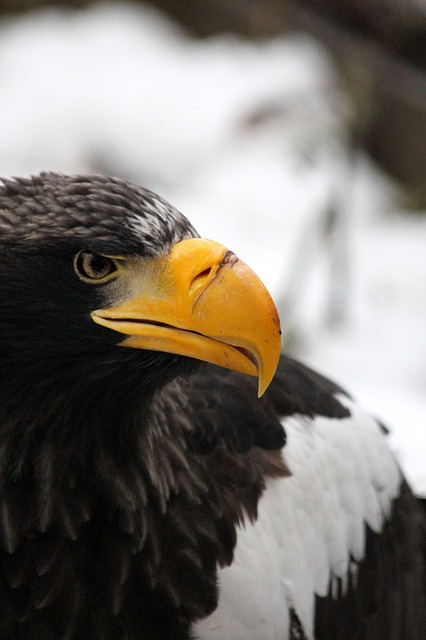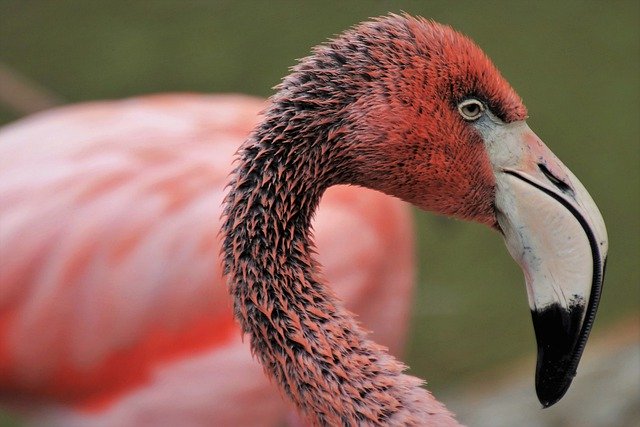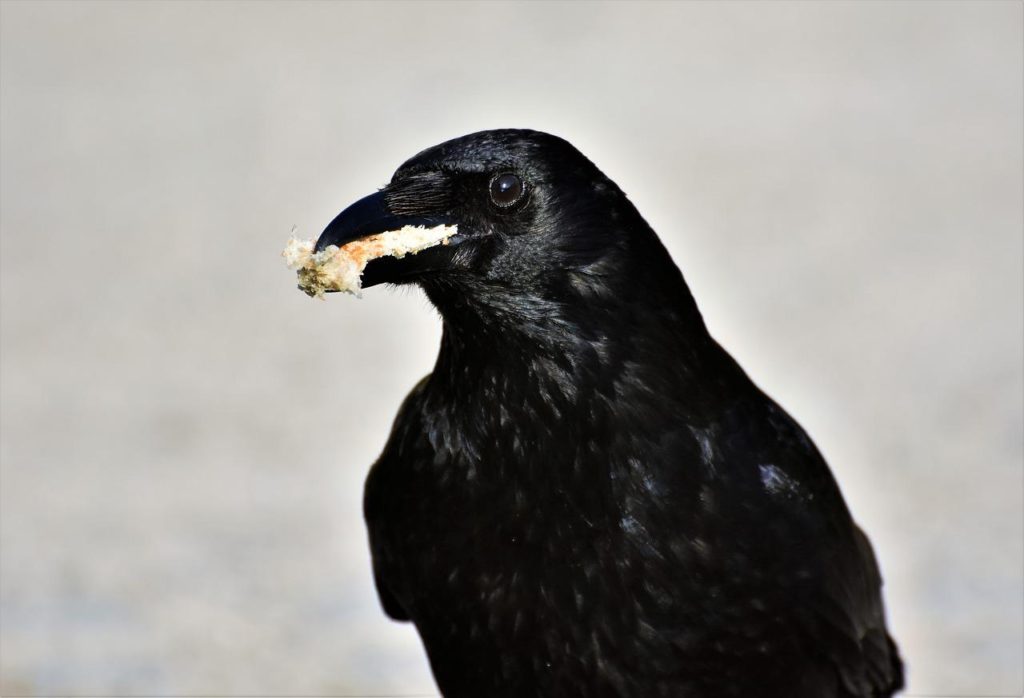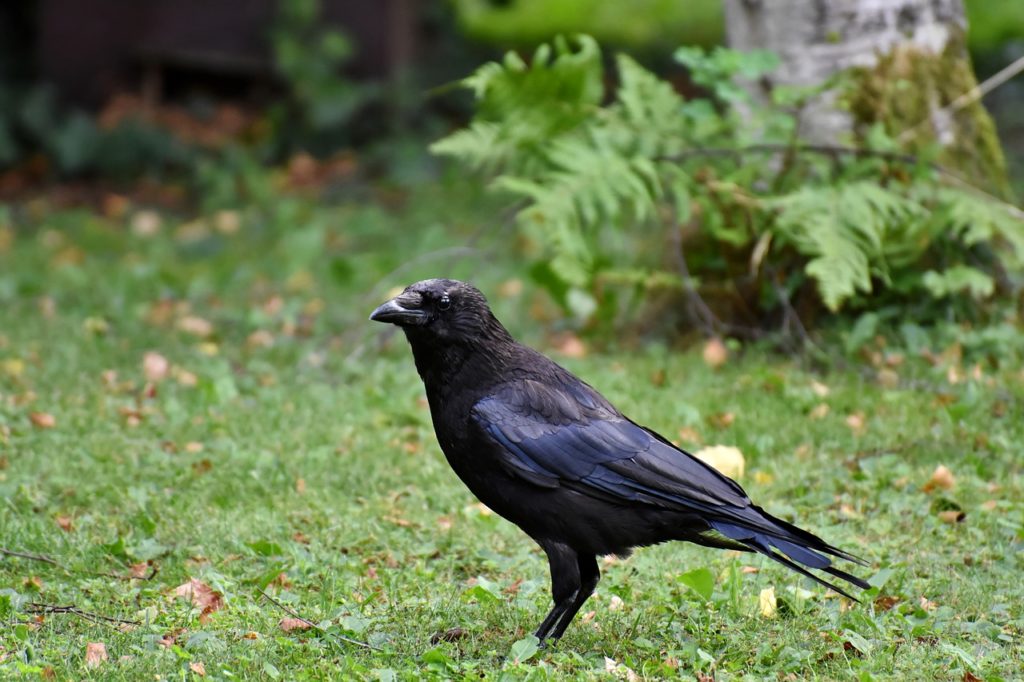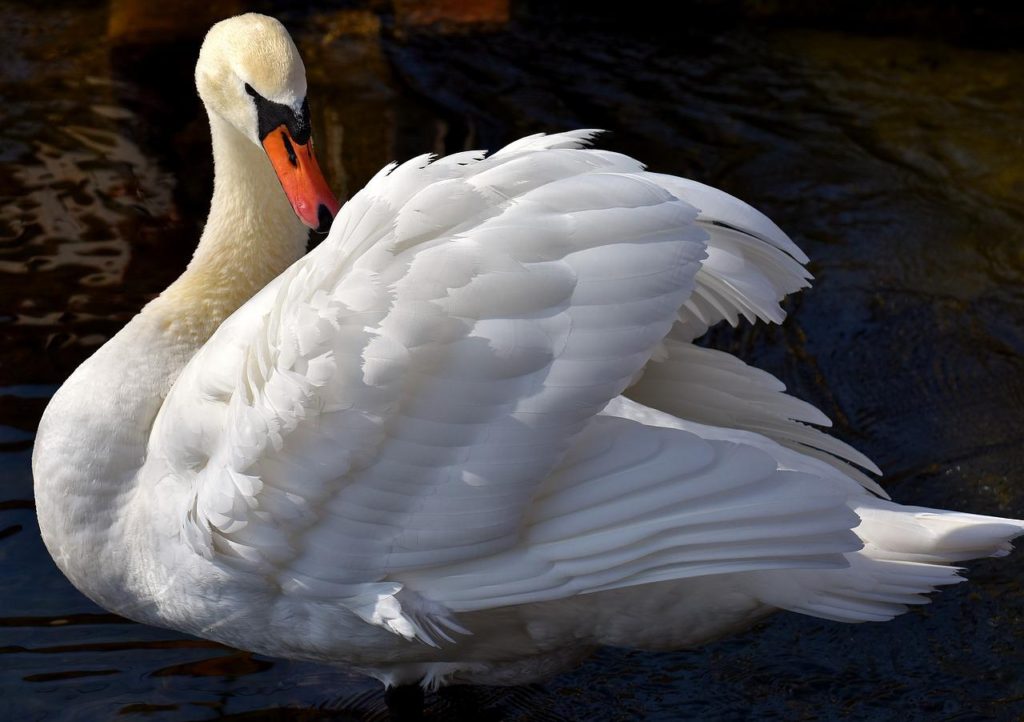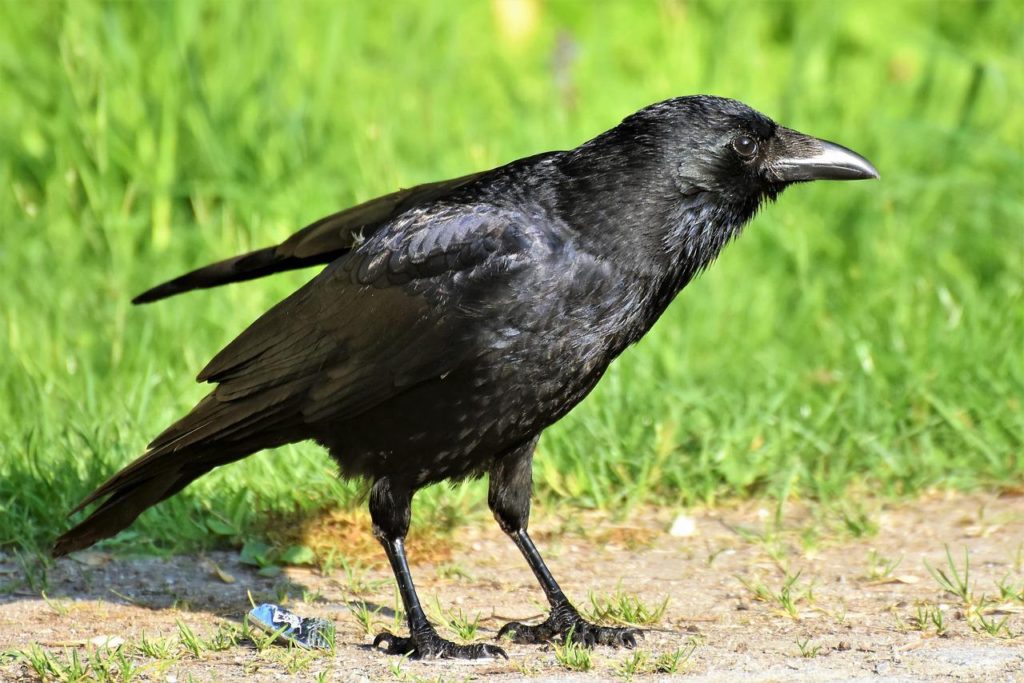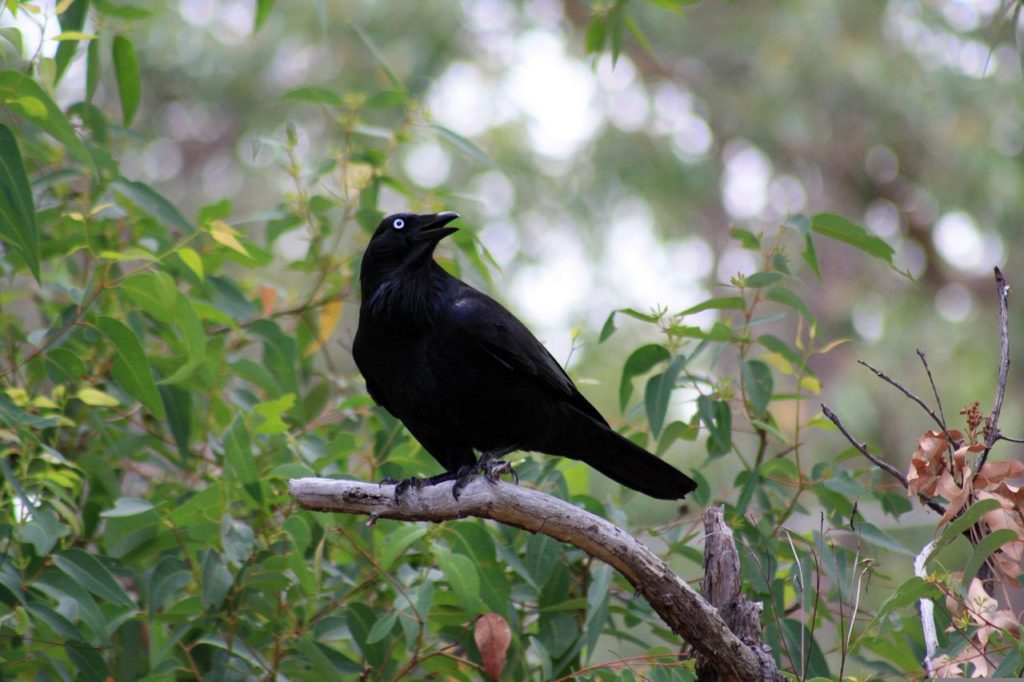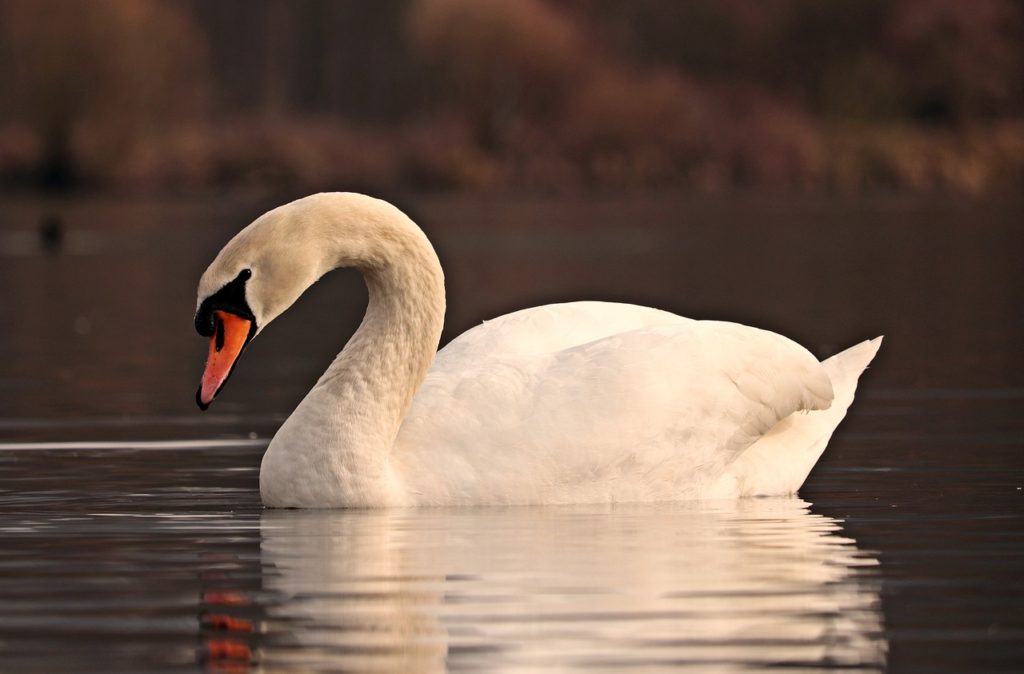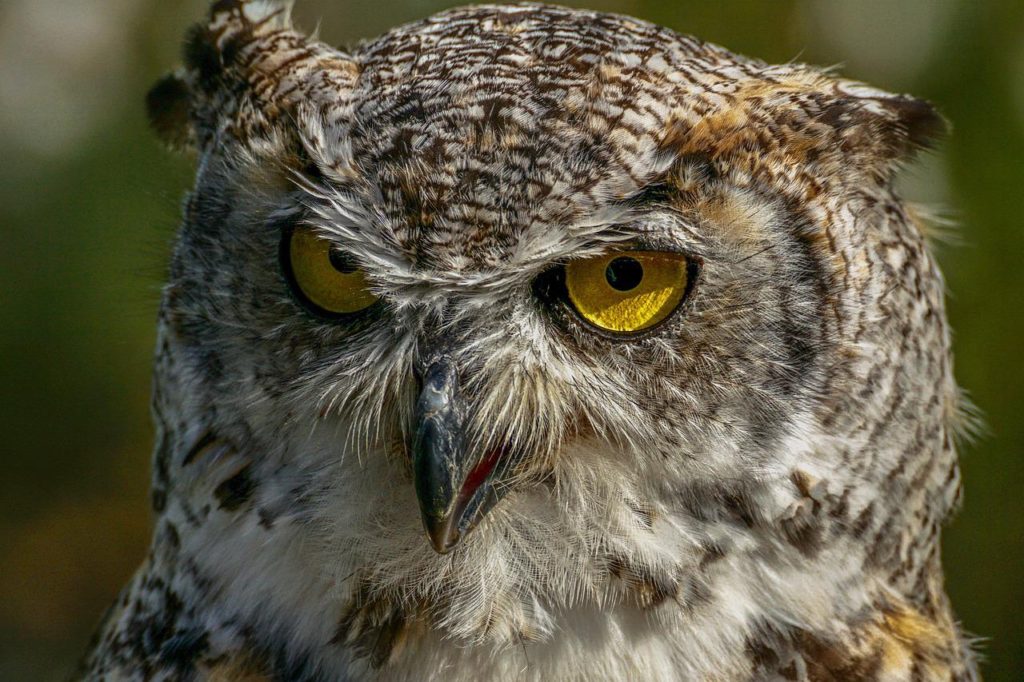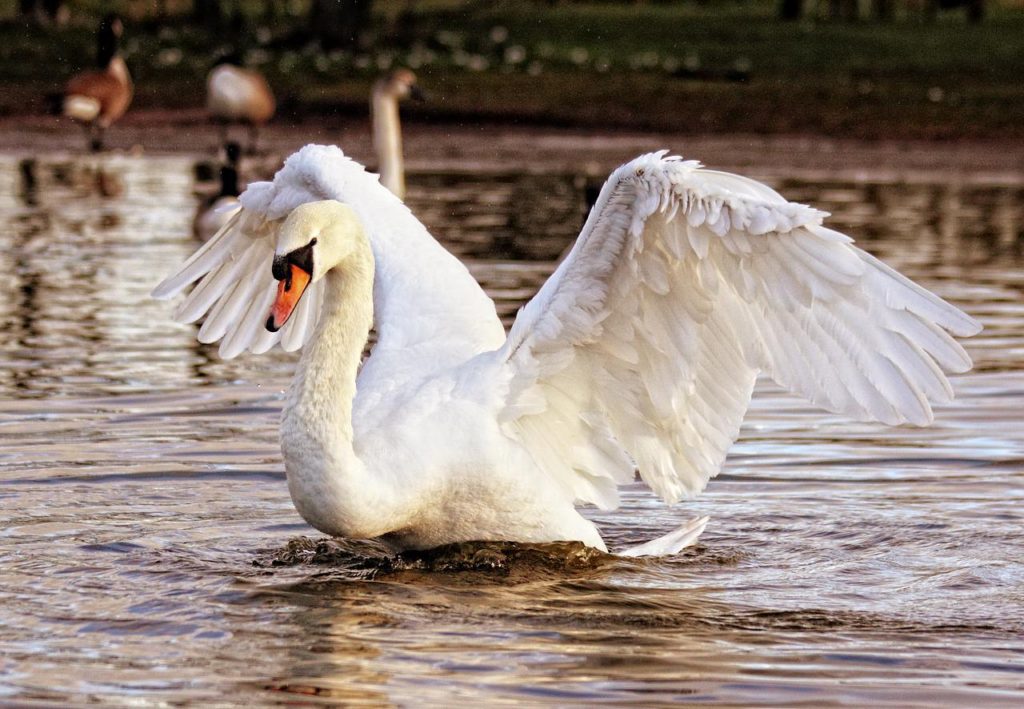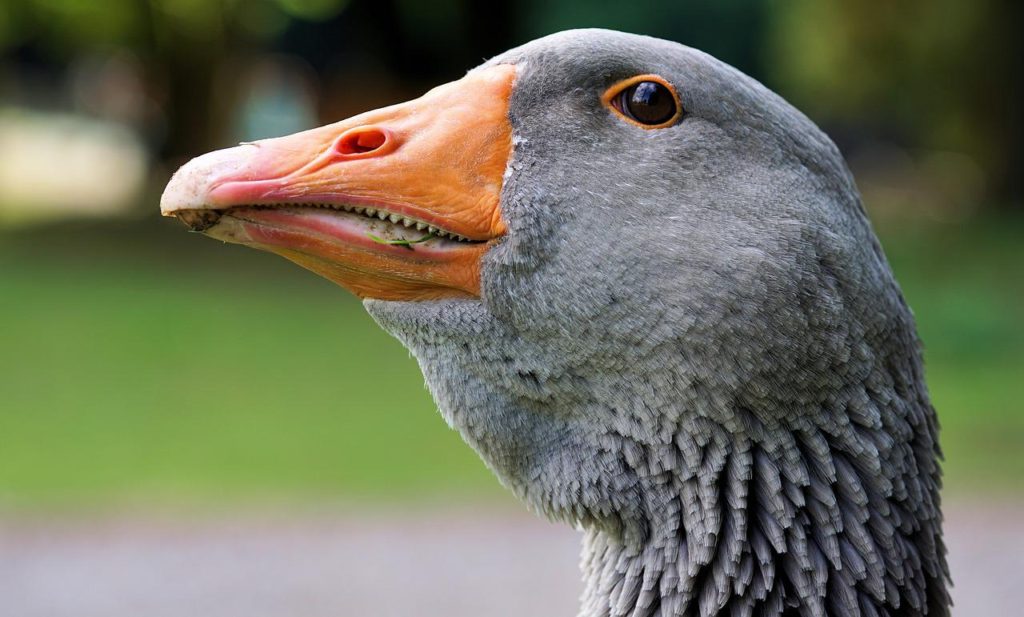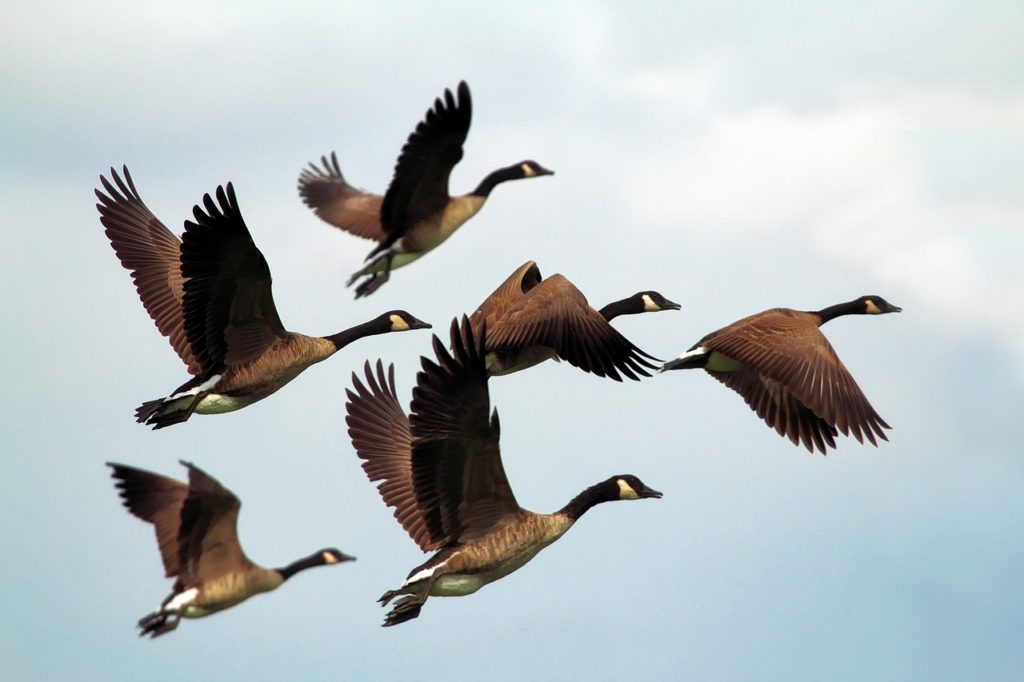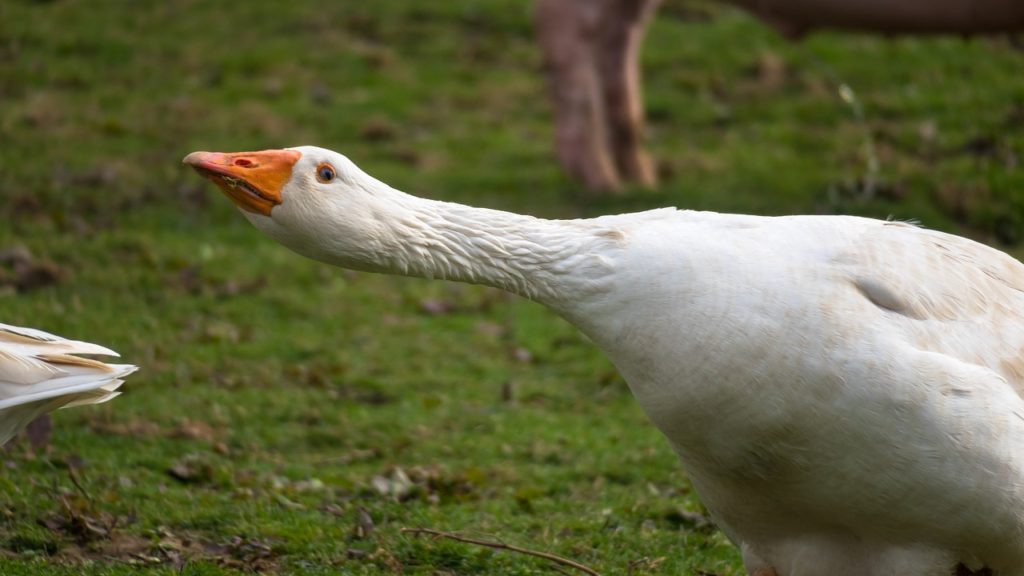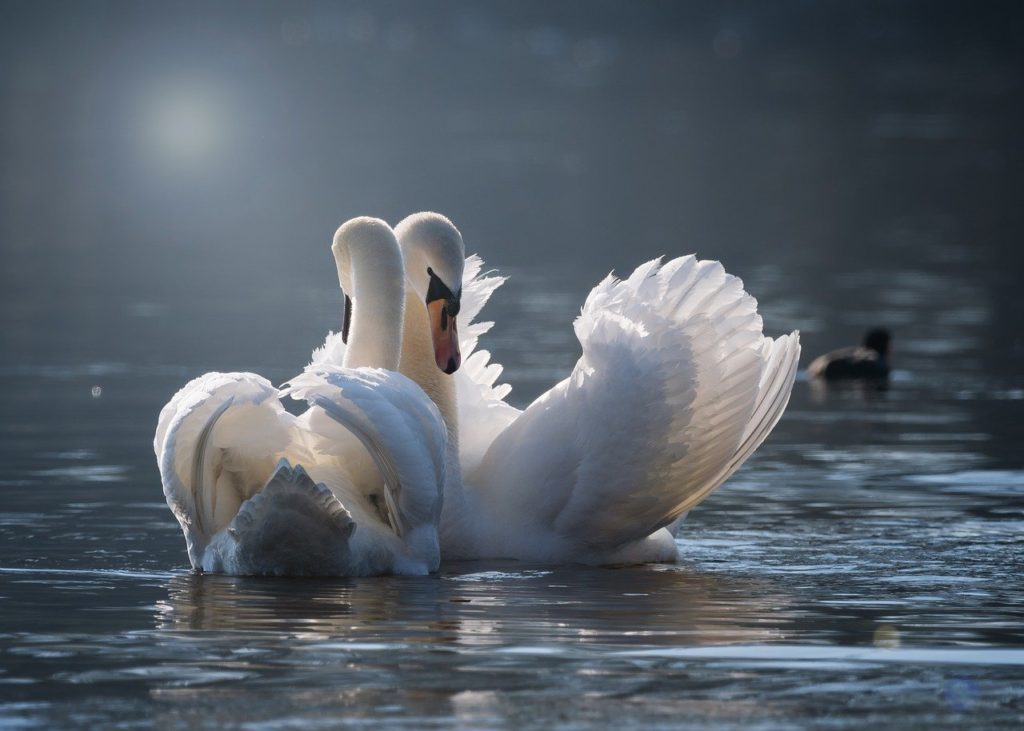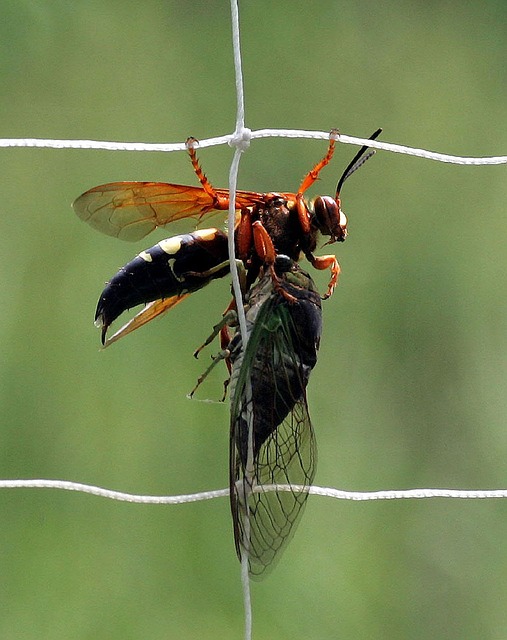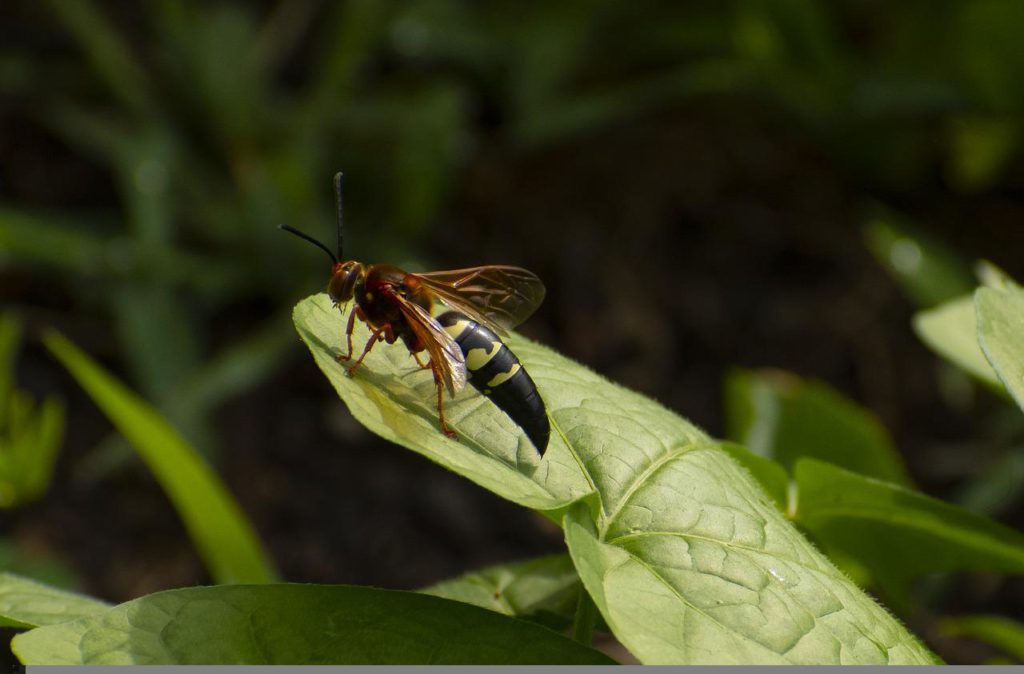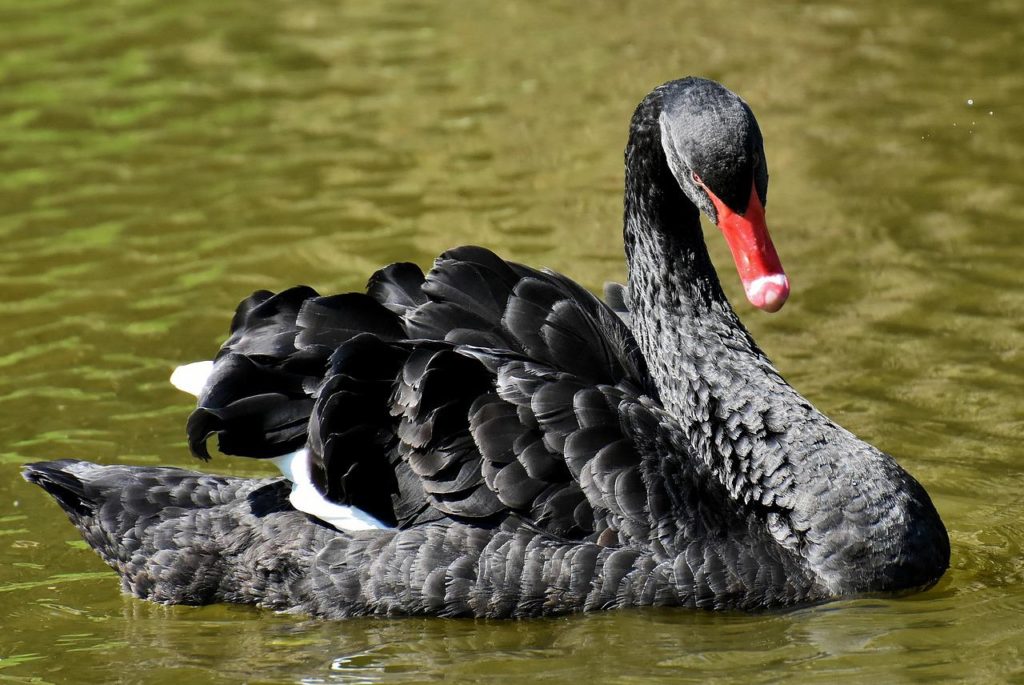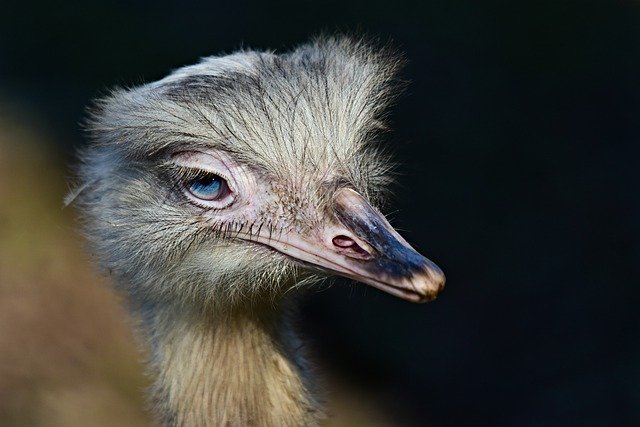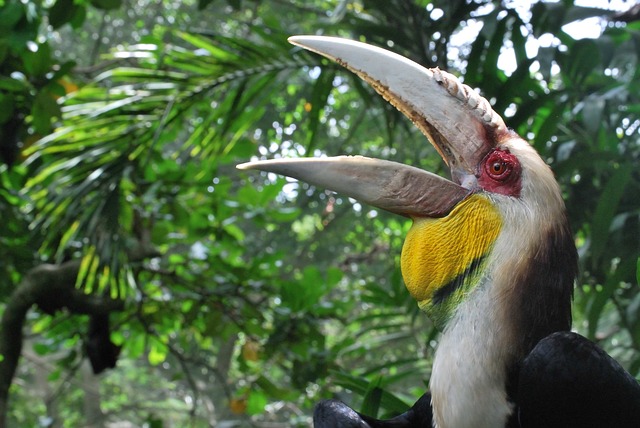
There is an enormous variety of bird species on the planet. And while many have stunning colors or plumage, there are only a handful of birds with huge beaks. The following birds have some of the largest beaks on the planet.
Toucan
Toucans can have beaks that are as long as their entire bodies and four times the size of their heads. However, despite its huge size, a toucan’s beak is actually quite lightweight. That’s because it’s hollow. Its extreme length helps the toucan to reach tasty fruit on high-up branches and get into the cavities of trees to steal eggs from other birds.
Spoonbill
The spoonbill has a large and flat beak that’s totally unique. It looks like a long spoon! It sweeps its oddly-shaped beak from side to side under the water to catch its food, small aquatic creatures. These wading birds are hard to mistake for any other type of bird once you’ve seen their distinctive beak. However, the roseate spoonbill can sometimes be confused for the flamingo from a distance because of its similar body type and pink color.
Hornbill
While the many different species of hornbills vary in size, they are all birds with huge beaks that have a downward curve. Their beaks can also be quite colorful. Some hornbill species also have a casque, which looks similar to a horn on the upper portion of their beak that makes it even larger in size. With the exception of the helmeted hornbill that has a solid casque, most casques are hollow and actually light in weight.
Shoebill
The shoebill gets its name from its most distinguishing feature, its gigantic shoe-shaped beak (also sometimes called a bill). Its beak has sharp edges which help this tall prehistoric looking bird to decapitate its prey. These edges also serve to get rid of any debris or vegetation which may have been accidentally scooped up when striking the prey. While it may look like a stork, this huge-beaked bird is actually related to the pelican.
Pelican
It’s hard to mistake the pelican for any other type of bird. That’s because attached to its beak it has a large throat pouch that is used to scoop up fish. One of the biggest pelican species of all is the great white pelican. It can be distinguished by its huge pink and yellow beak, pale yellow pouch, and pure white plumage.
Marabou Stork
Many stork species have large or even extra-large beaks. The size and shape of their beak depend on their diet. Marabou storks are scavengers. They are tall birds with huge beaks that they use to tear the meat off of animal carcasses. Like vultures, marabou storks have featherless heads which help to keep them clean when eating rotting flesh.
Ibis
The ibis is closely related to both storks and spoonbills. Its beak is quite long and curves downward. This helps the ibis to probe the mud for food such as crustaceans, bugs, worms, and fish. The inside of the beak is so sensitive that it can identify food items without actually seeing them.
Steller’s Sea Eagle
The enormous body size, extra-large beak, and long curved talons of the Steller’s sea eagle make it quite a scary-looking bird. Luckily it mainly feeds on fish and sometimes water birds. However, it is known to hunt the occasional fox or even small dog as well. The robust yellow beak of the Steller’s sea eagle is actually the largest beak of all the eagle species.
Flamingo
You’ll often see this pink bird standing on one leg with the other leg tucked under its body. The flamingo is a wading bird that uses its wide yet flat beak to both catch food and also filters out water, silt, and mud. Because it feeds with its head upside down the structure of the beak is the opposite of most birds: it has a huge lower beak and a small upper beak.
Hyacinth Macaw
The hyacinth macaw is the largest of all macaw species and the largest parrot in the world by length. These are gorgeous birds with huge beaks and striking blue plumage. They are totally blue except for a yellow ring around the eye and a yellow area underneath the beak. Their large and powerful beaks help them to crush seeds and nuts and are even strong enough to crack coconuts.
Start Shopping for Birding Supplies!
What Do Crows Eat?
With roughly 40 different species, crows are a common sight in most places around the world. And while most of us are familiar with their appearance and harsh vocalizations, their diet is not as obvious. So what do crows eat? Here's what you'll want to know. What Do...
What Are Crows Good For?
Crows are widely considered to be pests. However, these large and highly intelligent black birds actually serve quite a few important functions in the environment. So what are crows good for? Here's what you'll want to know. Pest And Parasite Management Crows are...
How Long Do Swans Live?
Swans are graceful and beautiful creatures and as such, people have many questions about them. They want to know about their mating rituals, their diet, their preferred habitats, and even their lifespans. How long do swans live for anyway? Swan lifespans actually vary...
Are Crows Good Pets?
People all around the world see and hear crows on a daily basis. Although these intelligent and dark birds are practically ubiquitous, most people don't think of them as being household pets. Are crows good pets? The general consensus is that crows do not make...
Are There Crows In Australia?
Crows are remarkably smart birds that also happen to be extremely adaptable. They navigate unfamiliar circumstances via observation and interaction. Crows reside in locations all over the globe. While they do not live in certain parts of South America, they do reside...
What Do Swans Eat?
Swans are famously long-necked birds that are symbols of romance, love, beauty, and purity. Since these waterbirds have so many admirers, people often wonder about their eating habits, behaviors, and more. What do swans eat, anyway? Swan Basics Swans typically live in...
Birds That Look Like Owls
Owls are typically solitary and mainly nocturnal birds. And although these well-known hooting creatures have a rather distinctive physical appearance, there are actually various other kinds of birds that resemble owls closely. And people sometimes mix them up. So...
Why Are Swans Protected?
Swans are graceful and gorgeous creatures. They also happen to have protection in the United Kingdom, interestingly enough. Why are swans protected there, anyway? And does the Queen own all the swans? Yes, she actually owns any mute swans that are unclaimed in both...
Birds With Teeth
Birds do not have teeth. However, there are quite a few that really look like they do! These birds have evolved special beaks which help them to perform important functions. So here are some of the most amazing birds with “teeth,” and what you’ll want to know about...
Do Geese Fly?
Although geese are clearly birds, there are many individuals who do not necessarily associate them with flying. So, do geese fly? The honest answer is that these waterfowl do. They do not exactly slouch in the flying department, either. Many people are pleasantly...
Are Geese Dangerous?
Geese, in brief, are waterbirds that are quite substantial in size. Since they're often spotted on golf courses, at schools, and in community parks, people understandably tend to wonder whether they're safety threats. Are geese dangerous? Why Geese Attack...
Do Swans Mate For Life?
Swans are famously elegant waterbirds that are known for their sizable bodies, webbed feet, and lengthy necks. People often associate them with romantic imagery and monogamy. Do swans mate for life? You can find the response to that common and rather fascinating...
When Do Cicada Killers Come Out?
Whether you dread them each year or are waiting for them to emerge and control the cicada population you may be wondering, “When do cicada killers come out? The answer is they come out each summer in late June or July. Here’s what you’ll want to know. Cicada Killer...
Are Cicada Killers Dangerous?
One look at one of these huge wasps buzzing around, your yard, and it’s only natural to ask, “Are cicada killers dangerous?” Fortunately, these wasps are mild-mannered. But here’s what you’ll want to know. Cicada Killer Wasps Basics Cicada killers emerge from the...
What Are Black Swans?
What are black swans? Black swans (Cygnus atratus) are sizable waterbirds. This species primarily appears in Australia's southwestern and southeastern portions. The black swan is nomadic in its homeland. This bird, true to its name, is mostly black. Although the bird...
What Do Cicada Killers Eat When There Are No Cicadas?
What do cicada killers eat when there are no cicadas? Well, while cicada killer wasps do hunt cicadas, the adults don’t actually eat them or kill them, their young do. Read on to learn more! The Cicada Killer Diet While you may have seen cicada killer wasps flying...
Do Cicada Killer Wasps Sting?
As one of the biggest species of wasp in North America the cicada killer wasp can be intimidating. And because of their size, appearance, and scary-sounding name, many people wonder, “Do cicada killer wasps sting? The answer is yes and no, and here’s what you’ll want...
Emu Facts
Did you know? One emu egg can make an omelet that can feed up to six adults. Did you know that the emu is the only bird with calf muscles? Can an emu walk backward? Let us find out by exploring some of the most jaw-dropping emu facts. Emus Have Amazingly Powerful Legs...
Rhea Facts
Doting dads, did you know the male rhea builds the nest, incubates the eggs, and takes care of the young? The rheas are paragons of parental care. It’s a bird like no other, and you will be surprised by the following rhea facts. Rheas Are One Of The Best Dads In The...

